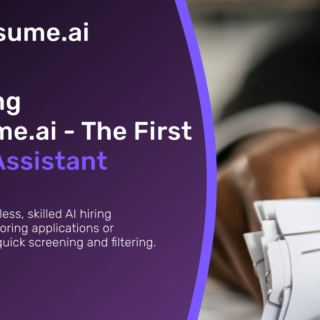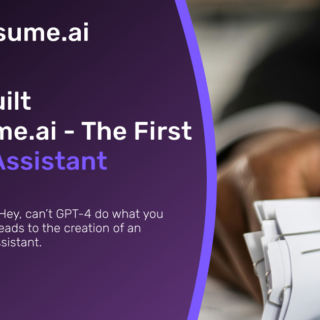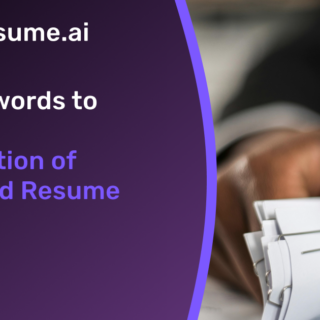
In the bustling world of recruitment, AI tools promise to streamline processes and offer precision in selecting the right candidates. But there’s a catch—the looming question of bias. How can we ensure these advanced tools aren’t just replicating or amplifying biases? Let’s dive into this complex issue and explore ways to minimize and measure bias in AI recruitment tools.
Understanding the Concern
When it comes to recruitment, AI’s ability to process vast amounts of data quickly is a game-changer. However, every recruiter’s initial concern seems to be the same: “But, is it biased?” This is a valid question. After all, AI systems are only as unbiased as the data they’re trained on. And if there’s anything we know about historical data, it’s that it’s not perfect.
Minimizing Bias: Where Do We Start?
One of the first steps in minimizing bias is to examine and clean the data used for training AI. This means ensuring the data is representative and doesn’t contain discriminatory biases. Sounds straightforward, right? Well, not quite. Ensuring data integrity can be as challenging as finding a needle in a haystack.
Anonymization comes in as a handy tool here. By stripping resumes of any demographic indicators such as names, gender, race, and age, AI tools can focus on the skills and experiences relevant to the job. It’s like giving the AI blinders, allowing it to see only what truly matters for the position.
Measuring Bias: How Do We Know It’s Working?
This brings us to the crux of the matter—how do we measure the bias in AI tools? The task is daunting but not insurmountable. AI Fairness tools, like IBM’s AI Fairness 360, offer a framework to detect and mitigate bias. These tools can run tests to check if different demographic groups are unfairly advantaged or disadvantaged.
Real-world Application and Continuous Monitoring
Implementing AI in recruitment doesn’t end at deployment. It’s crucial to continuously monitor its decisions. Why? Because biases can evolve, and what starts as a fair system can stray off the path. Think of it as a garden that needs regular tending. Without it, the weeds of bias might creep back in.
Real-time Insights are invaluable. By providing a clear view of how candidates are scored and ranked, recruiters can spot any anomalies or biases that appear over time. This ongoing scrutiny is not just a good practice—it’s essential.
Facing the Critics with Data
When faced with skepticism, arm yourself with data. Demonstrating how AI systems compare to human recruiters in bias can be eye-opening. It’s about showing not just the potential but the real-world effectiveness of AI in making equitable decisions.
Final Thoughts
Yes, the journey to unbiased AI in recruitment is complex. But it’s also filled with opportunities to innovate and improve. By rigorously testing, adjusting, and monitoring AI tools, we can harness their power without falling into the traps of bias.
Let’s embrace this technology with a critical, yet optimistic, eye. After all, if we’re diligent, AI can not only reflect but potentially improve upon our own fairness standards. The future is in our data—let’s shape it wisely.


